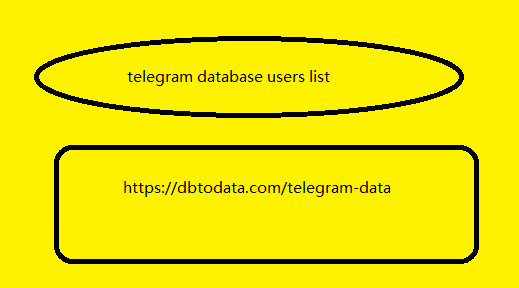Incorrect electronic invoices will often be issued with an adjustment invoice or a replacement invoice. So in which cases will businesses issue an adjustment invoice and how to issue a standard adjustment invoice according to Circular 78/2021-TT-BTC? Let’s find out with MISA meInvoice in the following article.
Table of Contents Hide
1. What is an adjustment invoice? When is an adjustment invoice issued?
2. 5 steps to adjust standard invoices according to Circular 78
3. How to create an adjustment invoice on MISA Meinvoice
Adjust the invoice with CQT code sent to the buyer
Adjusting invoices without CQT code, content has been transferred to CQT, sent to buyer
4. Answers to some questions about adjustment invoices
Maximum number of invoice adjustments?
Can an invoice that has been adjusted or replaced be canceled?
Will there be a penalty if the tax authority discovers an error in the invoice?
1. What is an adjustment invoice? When is an adjustment invoice issued?
According to Clause 2, Article 19 of Decree 123/2020/ND-CP, regulations on handling erroneous electronic invoices are as follows:
In addition, according to Point c, Point e, Clause 1, Article 7 of Circular 78/2021, it is stipulated that:
c) In case the issued electronic invoice has oman telegram data errors and the seller has handled it in the form of adjustment or replacement as prescribed in Point b, Clause 2, Article 19 of Decree No. 123/2020/ND-CP, and then discovered that the invoice continues to have errors, the seller will handle the next times
according to the form applied when handling the error for the first time
e) For the content of the invoice value for issue submission home page that has errors: adjust up (write positive sign), adjust down (write negative sign) according to the actual adjustment”
Thus, adjustment invoices can be understood as ba leads invoices used to adjust invoices that have been created with errors in tax codes or amounts listed on the invoice, errors in tax rates, tax amounts, or goods listed with incorrect specifications or quality.
In addition, also based on the provisions stated above, an adjustment invoice is issued in the following cases: If the seller and the buyer have an agreement on the issuance of a written agreement before issuing an adjustment invoice for an invoice that has been issued with errors, the seller and the buyer shall issue a written agreement clearly stating the errors, then the seller shall issue an electronic
invoice to adjust the invoice that has been issued with errors.
If an electronic invoice is created without an invoice number , invoice symbol, or invoice number that is incorrect, the seller will only make adjustments but will not replace or cancel it.
MISA meInvoice – The most trusted electronic invoice software today.
FREE 1:1 CONSULTATION & DEMO WITH EXPERTS !
2. 5 steps to adjust standard invoices according to Circular 78
To correct an erroneous electronic invoice, businesses follow the steps below:
Step 1: Identify incorrect information on the electronic invoice
Incorrect information on electronic invoices includes
Incorrect content (name, address, tax code, amount, tax rate, goods, services…).
The extent of the error (serious or not and the impact on payment value, tax if any).
Cause of error.
Step 2: Choose the appropriate adjustment method
Pursuant to the provisions of Point b, Clause 2, Article 19 of Decree 123/2020/ND-CP, in cases where there are errors in tax codes; errors in the amount stated on the invoice, errors in tax rates, tax amounts or goods stated on the invoice are not of the correct specifications or quality, the appropriate form of adjustment can be selected. Specifically.

